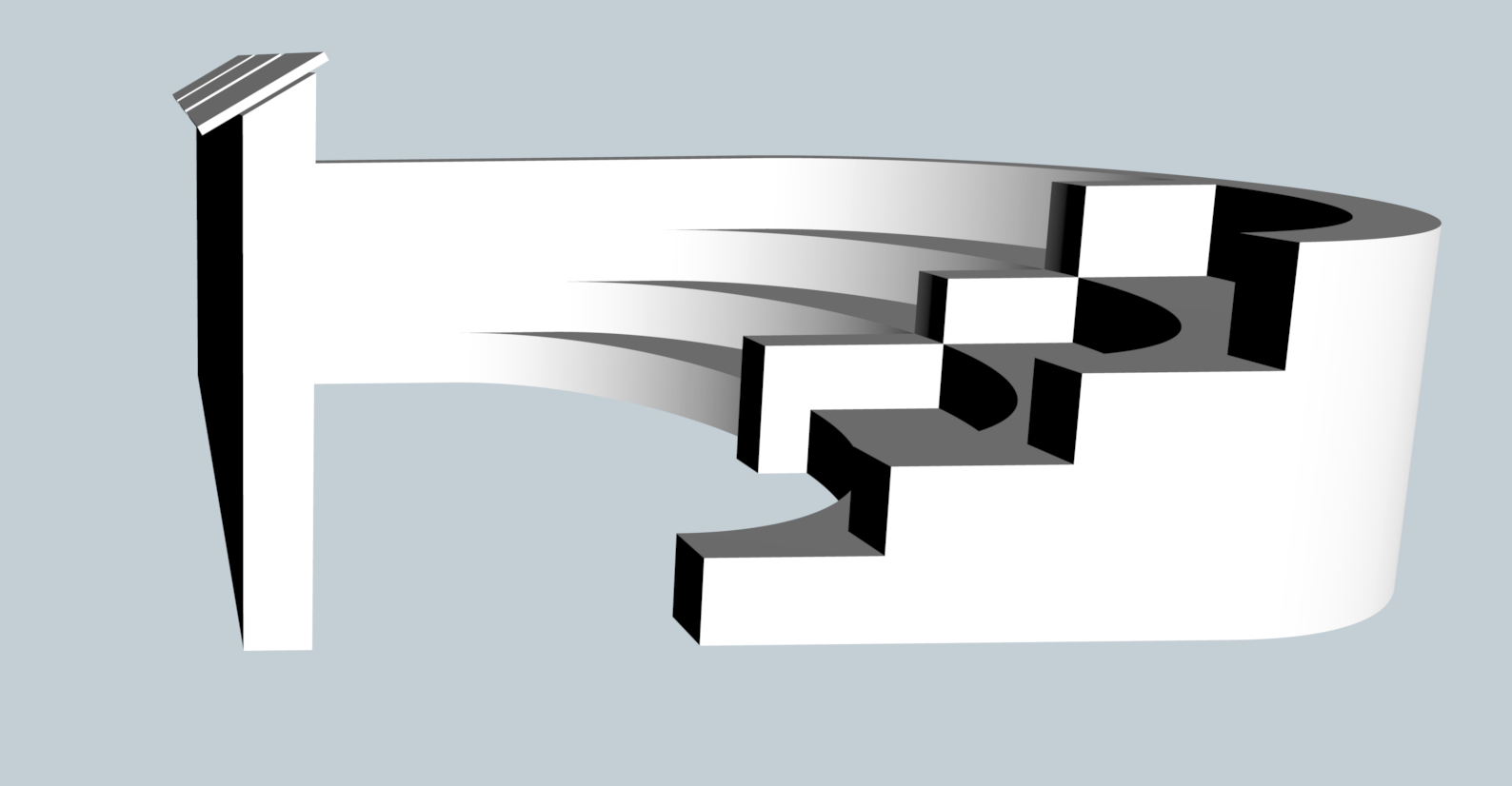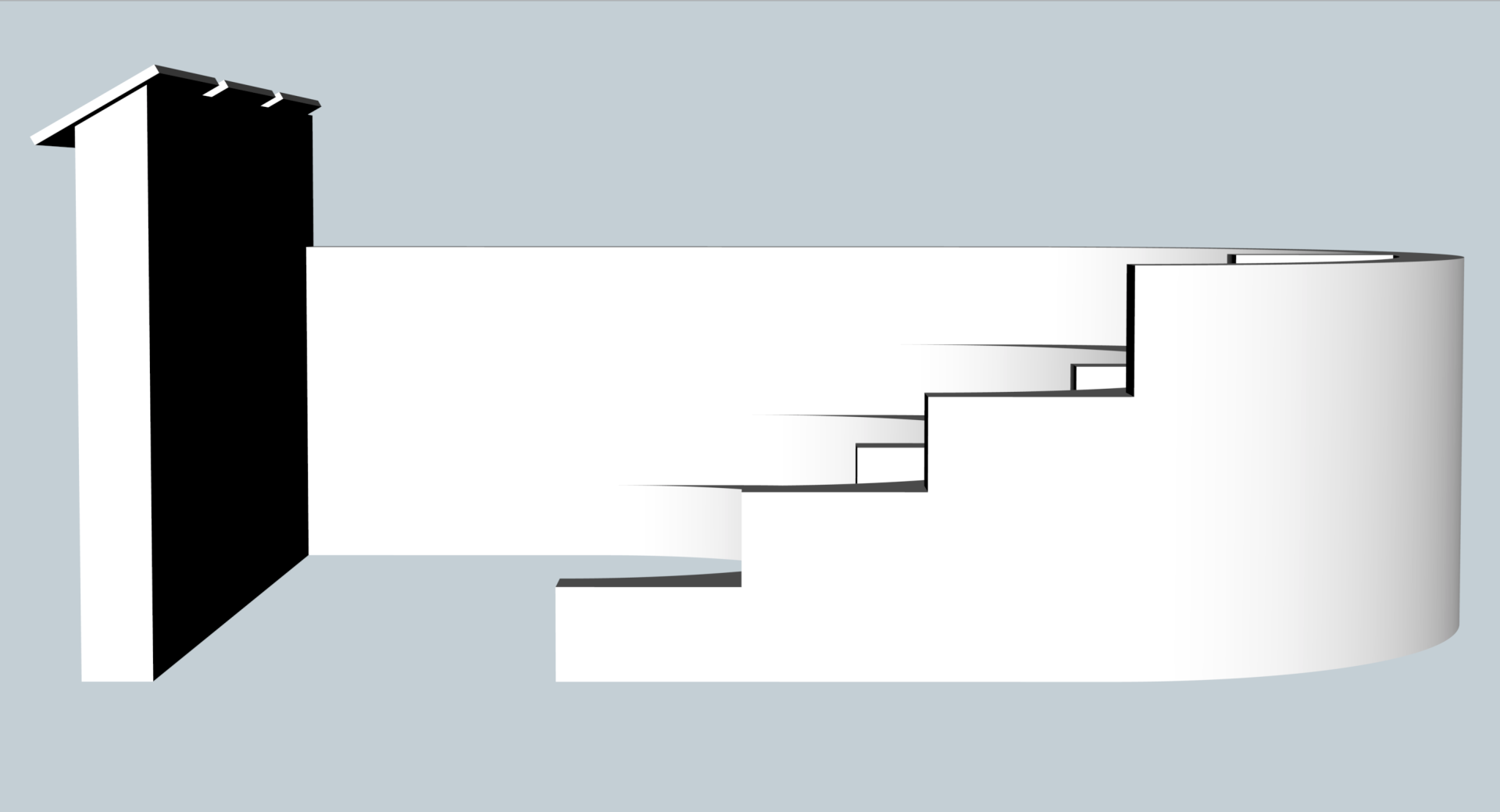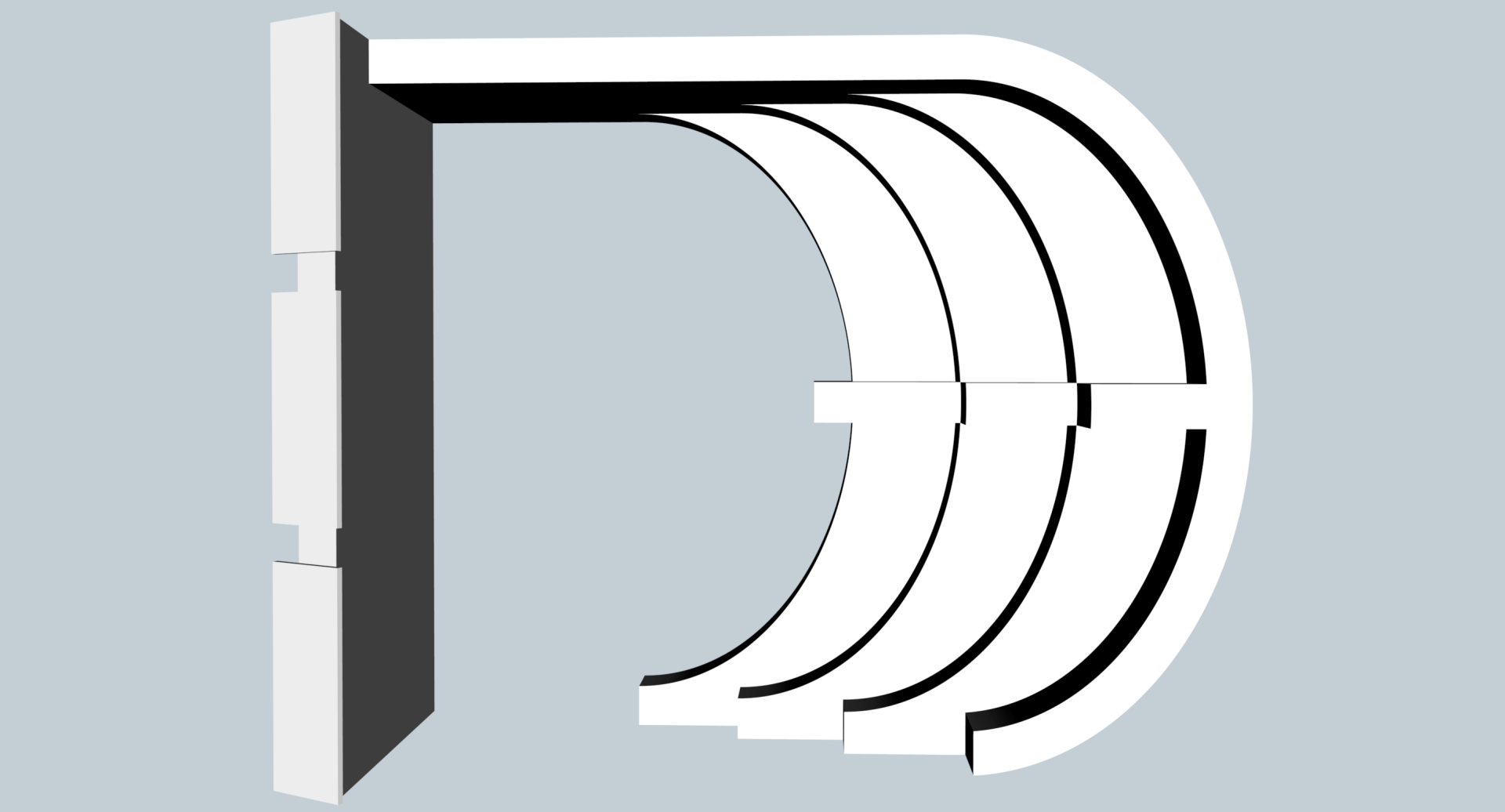Cinema Sole
Basic information
Project Title
Full project title
Category
Project Description
With Cinema Sole, a publicly accessible and individually screenable open-air cinema is to be created on the island of Lampedusa. In a process of close cooperation with residents, on-site initiatives and collectives, the concrete spatial needs of such a place will be elicited. A formal response to these requirements will – jointly – be articulated and implemented in the construction. The equipment available for use by all can be borrowed free of charge from a lending desk attached to the library.
Geographical Scope
Project Region
Urban or rural issues
Physical or other transformations
EU Programme or fund
Which funds
Description of the project
Summary
In reaction to the low density of integrative places of encounter, as well as a very sparse offer of cultural and discursive spaces, with Cinema Sole, a publicly accessible open-air cinema is to be created on the island of Lampedusa. The blank space of a cinema that closed in the 1990s became the starting point for the proposal. Cinema Sole is not only aimed at residents of the island, but – in accordance with local conditions – also explicitly directed at refugees, whose presence since the Maastricht Treaty and Schengen measures has been as much a part of everyday life on Lampedusa as a number of accidents and tragedies. Cinema Sole, thus, is also aimed at those who often wait in long, nerve-racking queues for their documents to be processed. A cinema should here be understood as a radical democratic space of encounter. The permanently publicly accessible space, as well as the individual accessibility of the installation, enables and requires an exchange.
The equipment required for operation – projector, drive, charging cable, various adapters for computers and mobile phones, Autan, etc. – will be available free of charge at a lending desk attached to the centrally located library. A solar-powered infrastructure will make the location independent of the public electricity grid and prevent operating costs from being incurred. Tilman Holz, a Berlin-based industrial designer specialising in solar installations, will be involved in the project in an advisory and productive function on site.
In a process of close collaboration with local, socially and politically engaged initiatives and collectives, the communities will be encouraged to participate in the exploration of the specific spatial needs of such a place and will be invited to – together – design the formal response to those needs. The architect Dario Lampa, who works in Rome and Milan and whose research interests focus on building in desertified terrain, will support the architectural design.
Key objectives for sustainability
Lampedusa was colonised in the mid-19th century for the militarily motivated purpose of southern expansion of the former Borbonian kingdom. The land was transferred to Italian urban territory in the course of Garibaldi's ›Unificazione‹ in 1861. For means of coal production and distribution the island was completely cleared – which initiated a drastic terrestrial desertification process. The island's remote situation entails all resources being delivered by ferry. In heavy seas, the supply cannot be guaranteed. The protection of the small still intact environment is accordingly categorical and the use of alternative wind and solar energy sources becomes obvious because of the climatic conditions.
The local monopoly of electricity supply is held by the company S.El.I.S., whose power generation is mainly driven by diesel fuel. Moreover, the power plant can hardly cope with the seasonal increase in supply demand, which leads to constant breakdowns of the power grid throughout the summer months. The company furthermore got its supply contract through a corrupt process of public tendering, which is why self-supply is not only an obvious choice in terms of climate protection and supply stability, but also ethically in that it demonstratively withdraws from the politico-mafia circuits.
Together with the industrial designer and expert for sustainable energy systems, Tilman Holz, the infrastructure of the energy supply is worked out and installed on site.
Key objectives for aesthetics and quality
In my function as a tutor at Kunsthochschule Berlin Weißensee, I was entrusted for several years with the curation of a series of events in which I was able to invite the curator Marion von Osten for an examination of the bauhaus imaginista exhibition at the HKW in Berlin. The perspective offered in this show, conceiving the Bauhaus not as one, central, but as a principle that could only feed itself through supra-regional reciprocity has since served me as a fruitful reading of the Bauhaus heritage. In my research-based artistic practice and also in the conceptualisation of Cinema Sole, the approach of multiplying constant experimentation, tapping into context-specific needs and design-processual transformation as well as adaptation serves as a methodological incentive for me to experience the potential of function in the first place.
The form of the present draft is at most a proposal. In an intensive exploratory phase, the form of such a place is to be envisaged and elaborated together with all interested persons on site. Taking into account the expressed, concrete demands and wishes, the implementation will be formally articulated. Local manual workers and crafts_wo_men will be asked to contribute their local knowledge to the development of the final design, which will be realised in collaboration with the Rome based architect Dario Lampa. Lampa's research focuses on building in semi-desertified and desertified terrain.
The structure will be built by all who wish, together with a team of German and Italian volunteers, and inaugurated festively. The place that is to be created with Cinema Sole is intended to facilitate collectivity.
Key objectives for inclusion
In the course of a three-month research visit funded by the Friedrich Ebert Foundation and ideally supported by the Goethe-Institut, I was able to deal intensively with the living realities on the island, its ambivalences – such as the coexistence of migration and mass tourism – and its history. As a 25km² rock in the middle of the Mediterranean the island has, since ancient times, been an important economic and military base. After the implementation of the Pelagia in the Italian nation state, the islands were administratively neglected. Constitutionally anchored assurances of territorial continuity pale in face of the geographical location and the resulting cumbersome, eight-hour ferry connection to the Sicilian ›mainland‹. The proximity to the Tunisian border and the cultural exchange catalysed thereby can still be perceived today, as in the peculiarities of the Lampedusan and Linosarian dialects. The experienced absence of the state led to identity constructions beyond centralist, nation-state notions that persist to this day. The sense of institutional absenthood is omnipresent on the island. This impression is exacerbated by the refugee situation, with which Italy – especially Sicily and Lampedusa in particular – often finds itself left alone by European partners.
Cinema Sole aims to give a place to all those present on the island. It is a gesture that takes into account the specificity of the island. Such a place should address both residents and those who stay on the island temporarily. Although coexistence has become an everyday occurrence by now, qualitative moments – apart from activist engagement – are rarely shared between refugees and residents. The collective cinema experience may have a catalysing effect on the positive connotation of the encounter. Responding to the needs of those present on the island in the design and involving them in the implementation is therefore an indispensable part of the process.
Physical or other transformations
Innovative character
The ramifications of climate change and the Anthropocene; rising sea levels and water temperatures, as well as the long-term effects of deforestation, are palpably legible on Lampedusa and immediately affect lives. On such a remote island, which draws its resources almost exclusively from a distant outside, sustainability is an imperative – one that must span from recycling to the establishment of reproductive energy production. A public place, accessible to all, could set an example in that all visitors would experience the functionality through the direct use of photovoltaic energy generation and could benefit from the subsidies for solar self-sufficiency set out in the Bonus Green 2022 scheme. Cinema Sole could locally contribute to the gradual replacement of fossil-based energies.
With the collaborative orientation of the concept, ›the place‹ inevitably inscribes itself into the project. The collaborations with Dario Lampa and Tilman Holz are further intended to ensure the integration of local requirements and desires with architectural aesthetic categories and energetic infrastructures. Cinema Sole has an enormous potential for identification because it is an aesthetic expression of a collectively supported project. In a targeted public relations campaign, those who have less public participation – namely women and refugees – should therefore be encouraged to participate. The accessibility of the process, from the beginning through to implementation, should have as integrative effect as possible. The explicit invitation and openness function significantly as a way for the participants to connect with each other, while the experienced participation consolidates feelings of ownership.



